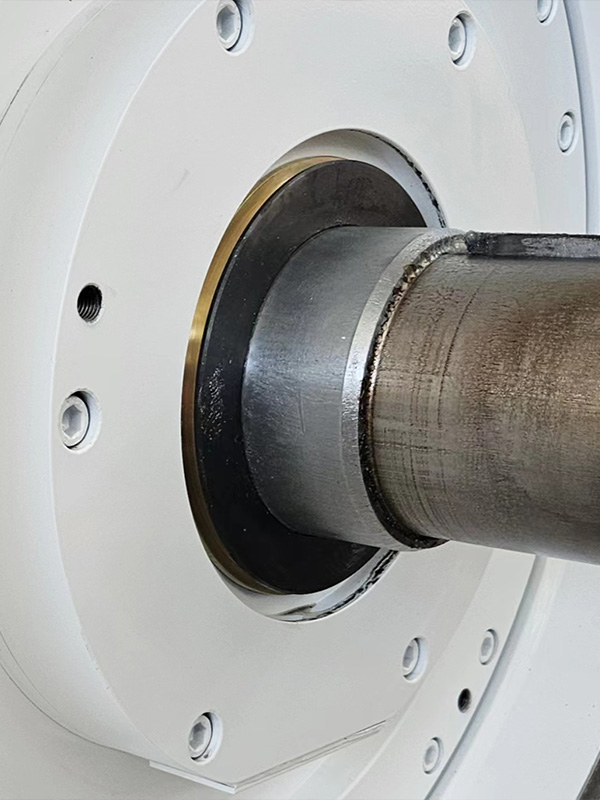
Although the technology is constantly evolving, a large percentage of pump bearings still use the spring preloaded Simmerring technology to prevent the lubricant from being contaminated by external impurities such as water and dust. Even now, the manufacturer's labeling of the expected service life of the skeleton oil seal is about 2000 hours. For a pump in continuous operation, 2000 hours actually translates into less than 3 months. No one really notices when a Simmerring starts to fail. However, the pump is still in continuous operation, and the duration of operation depends on the external environment. Once the backbone seals fail, the lubricant is diluted and leakage occurs, quickly leading to bearing failure. Typical process pumps experience temperature changes that produce water vapor condensation. This condensed water vapor mixes with the grease to form an emulsion. Even with a water content of 0.0002% in the grease, the expected life of the bearing will be reduced by more than 50%. Similarly, even trace amounts of impurity or dust contamination will result in a sharp reduction in bearing life.
Fortunately, with advances in technology, there are now three viable alternatives to the skeleton oil seal, they are:
1) Magnetic seals
2) Dry-running mechanical seals
3) Composite labyrinth seals with water vapor barrier rings (bearing isolators/bearing protectors)
Since all of the above technical solutions are clearly superior to spring preloaded skeleton oil seals, which one is better suited to the actual given conditions? There are a total of four factors to consider, namely: relative cost, service life, sealing performance and energy consumption. The bearing isolator, due to its non-contact labyrinth sealing principle, truly realizes a long service life with zero leakage and IP66 protection level. Users who focus on improving the stability of their equipment will benefit from a focus on bearing protection solutions for pumps, extending bearing life and preventing unplanned equipment downtime. New bearing protection technologies and programs should be given appropriate attention and, in due course, should be incorporated into the technical specifications for the purchase of new pumps and the retrofitting of old pumps.